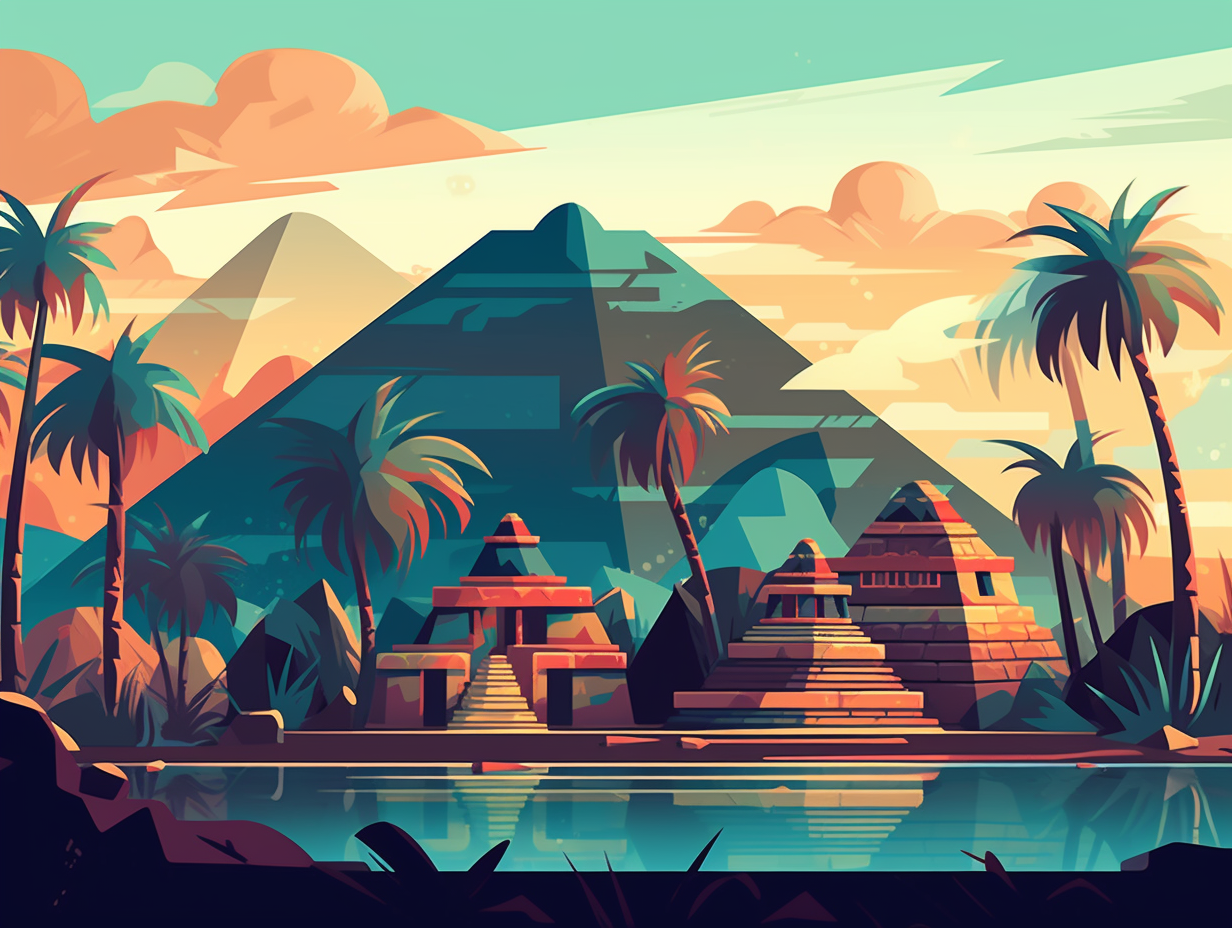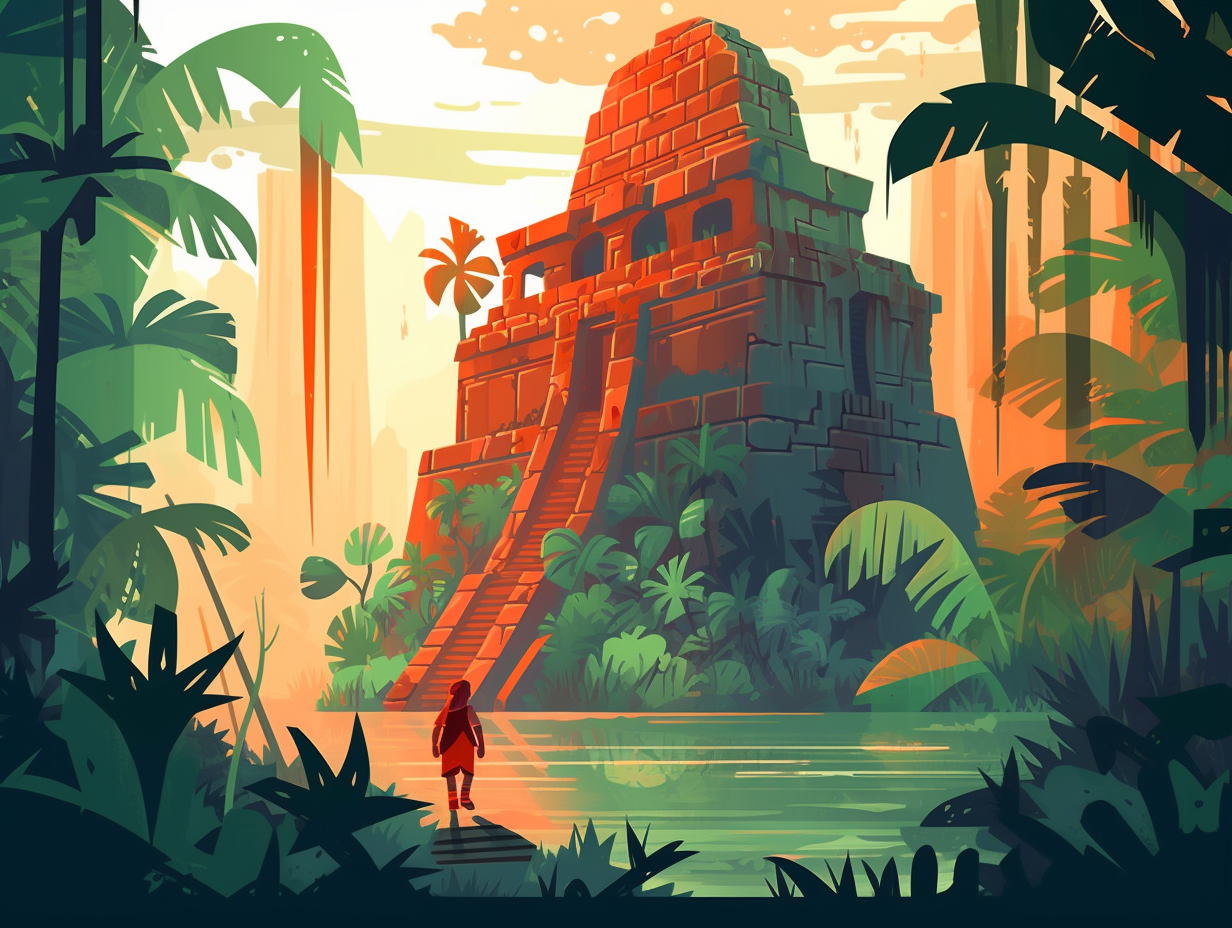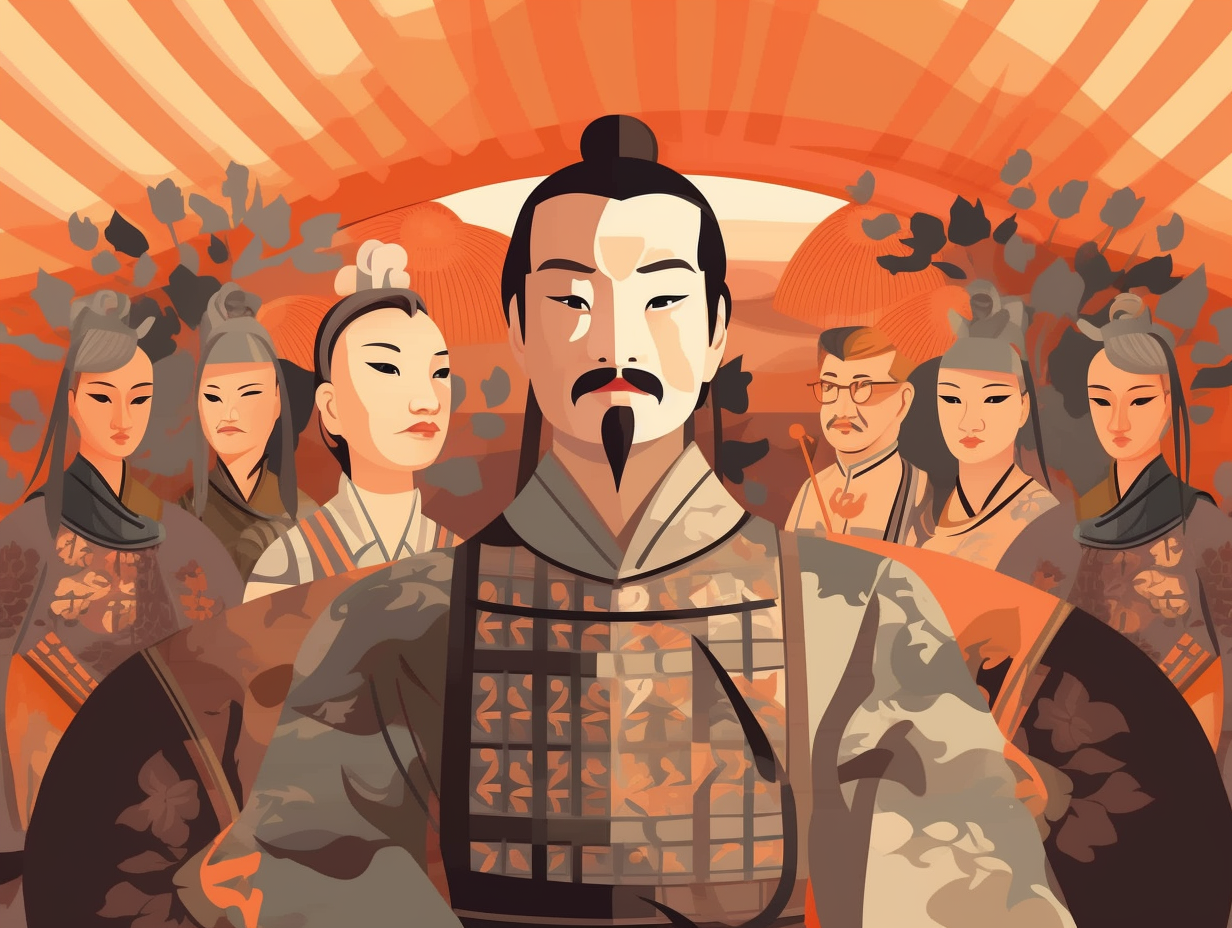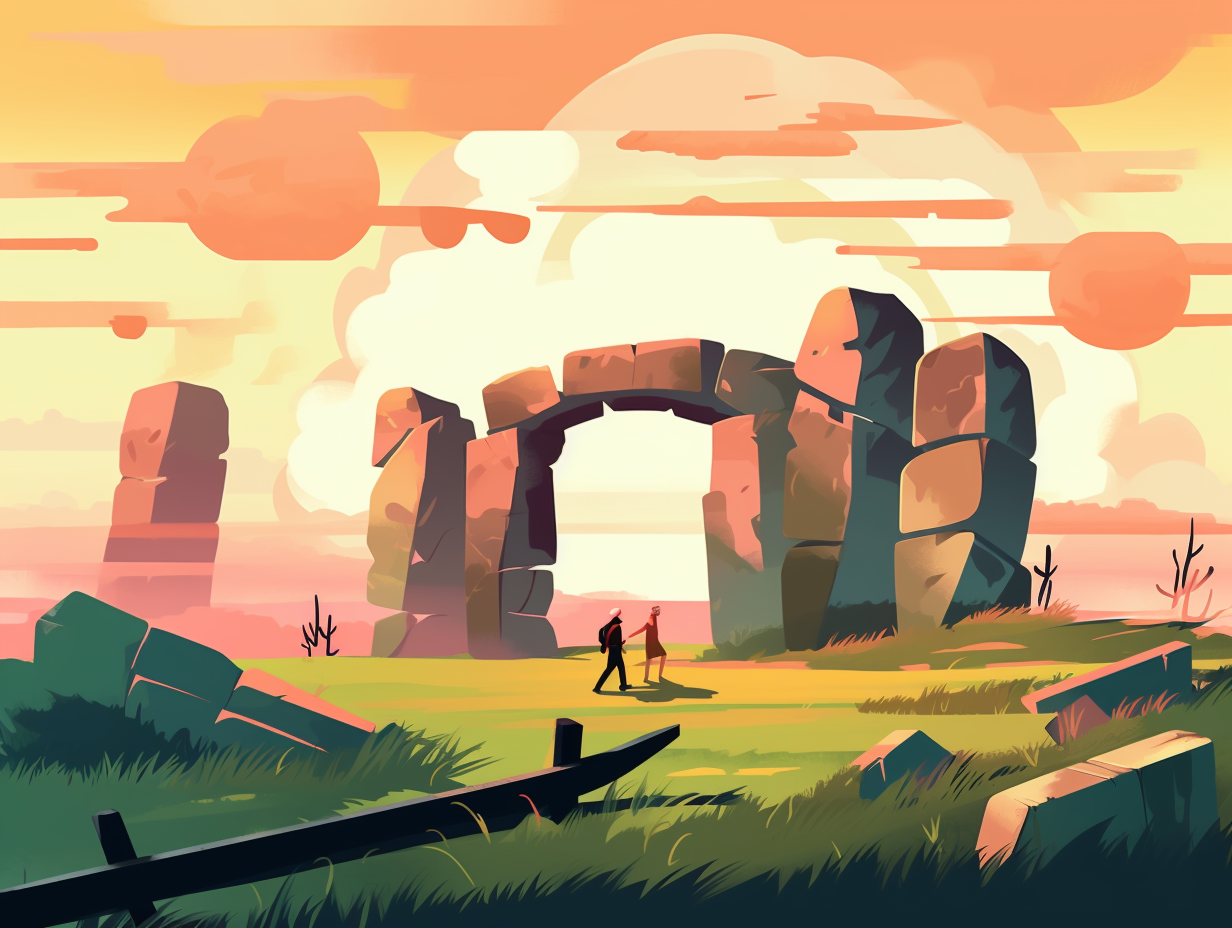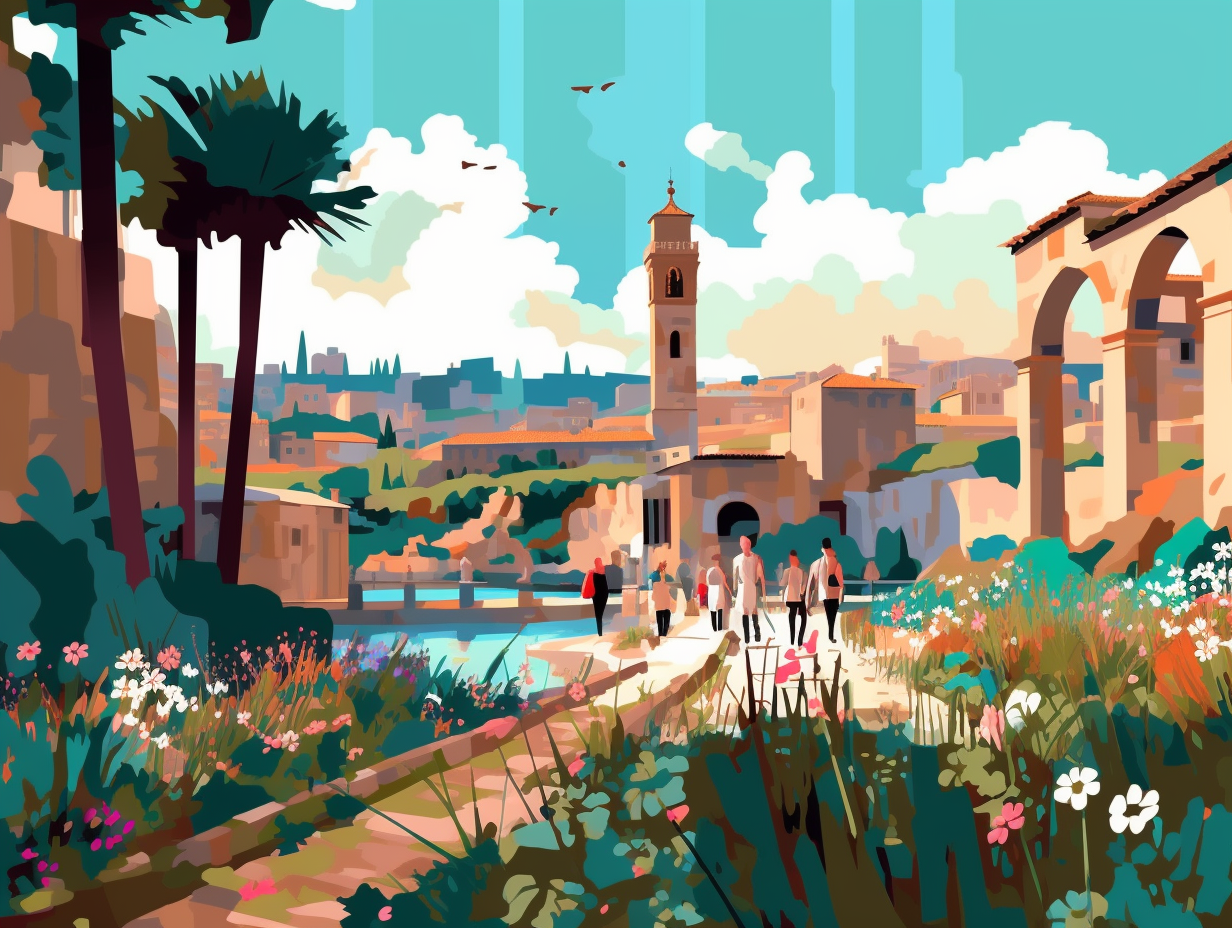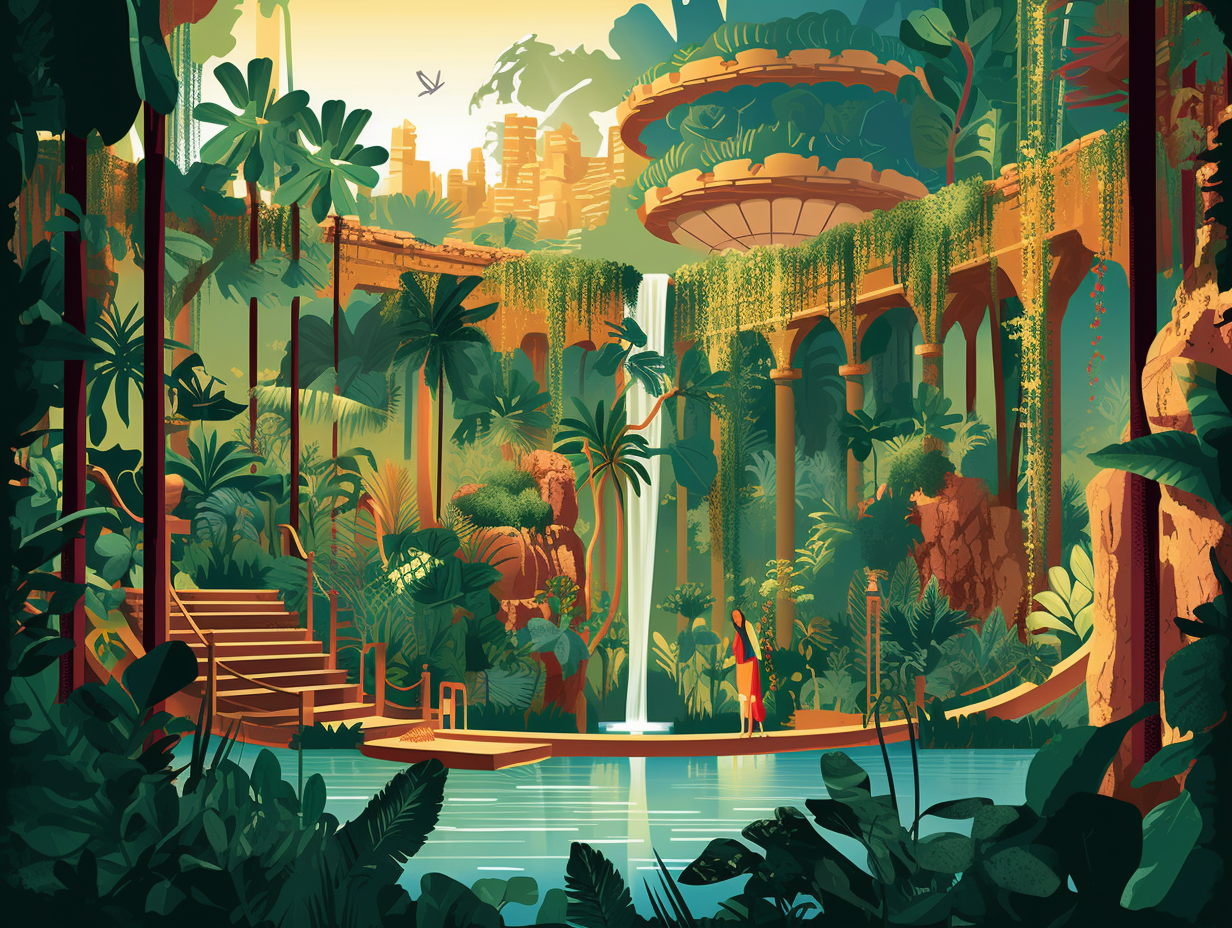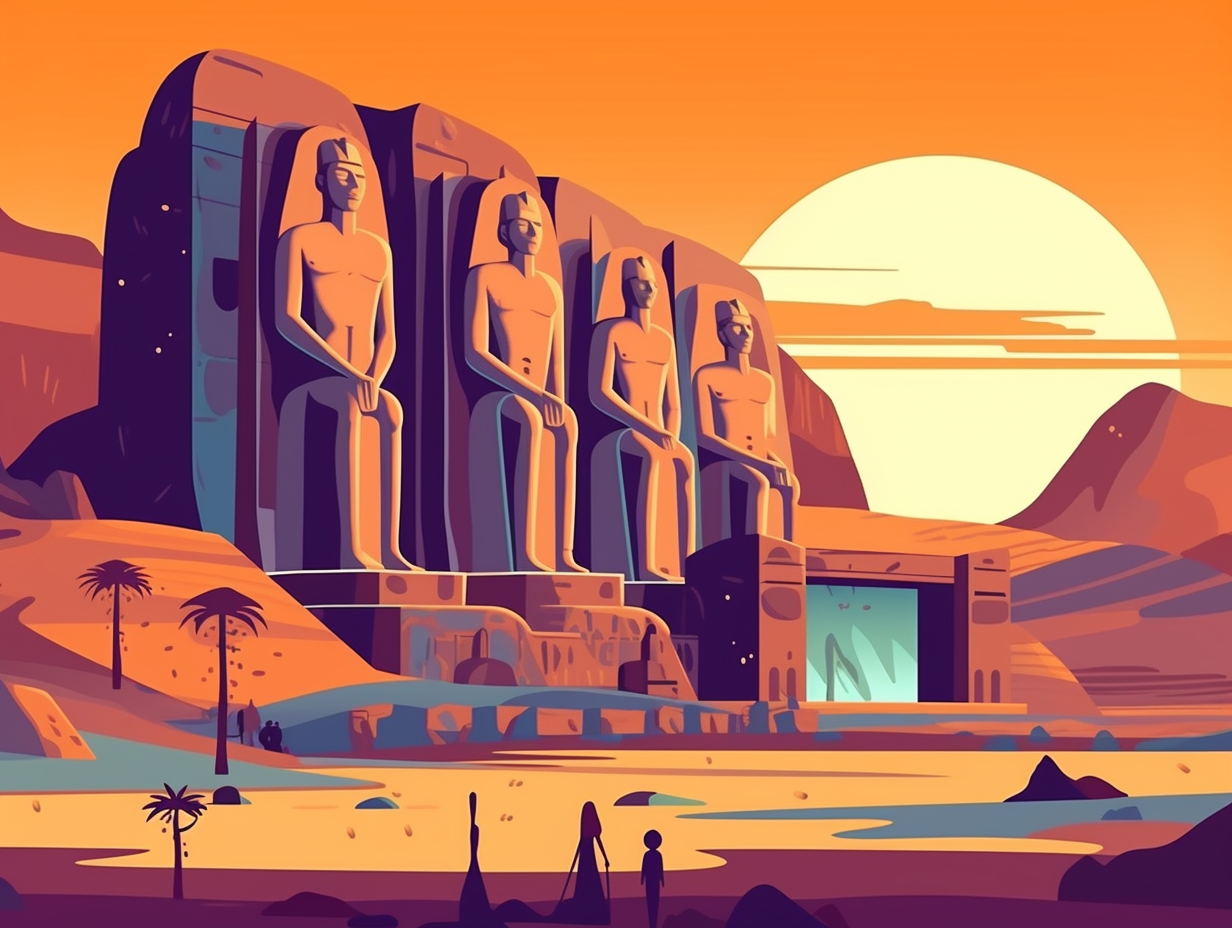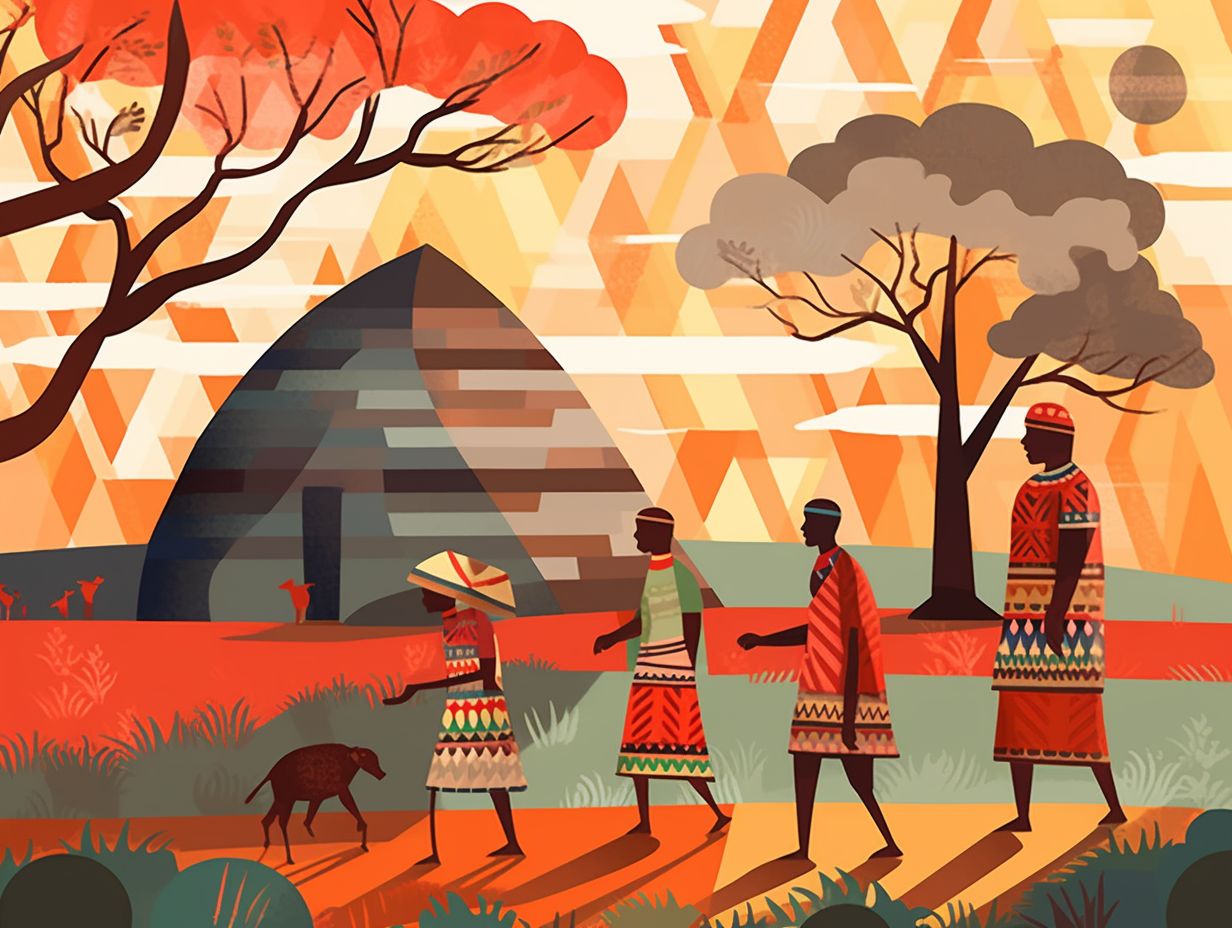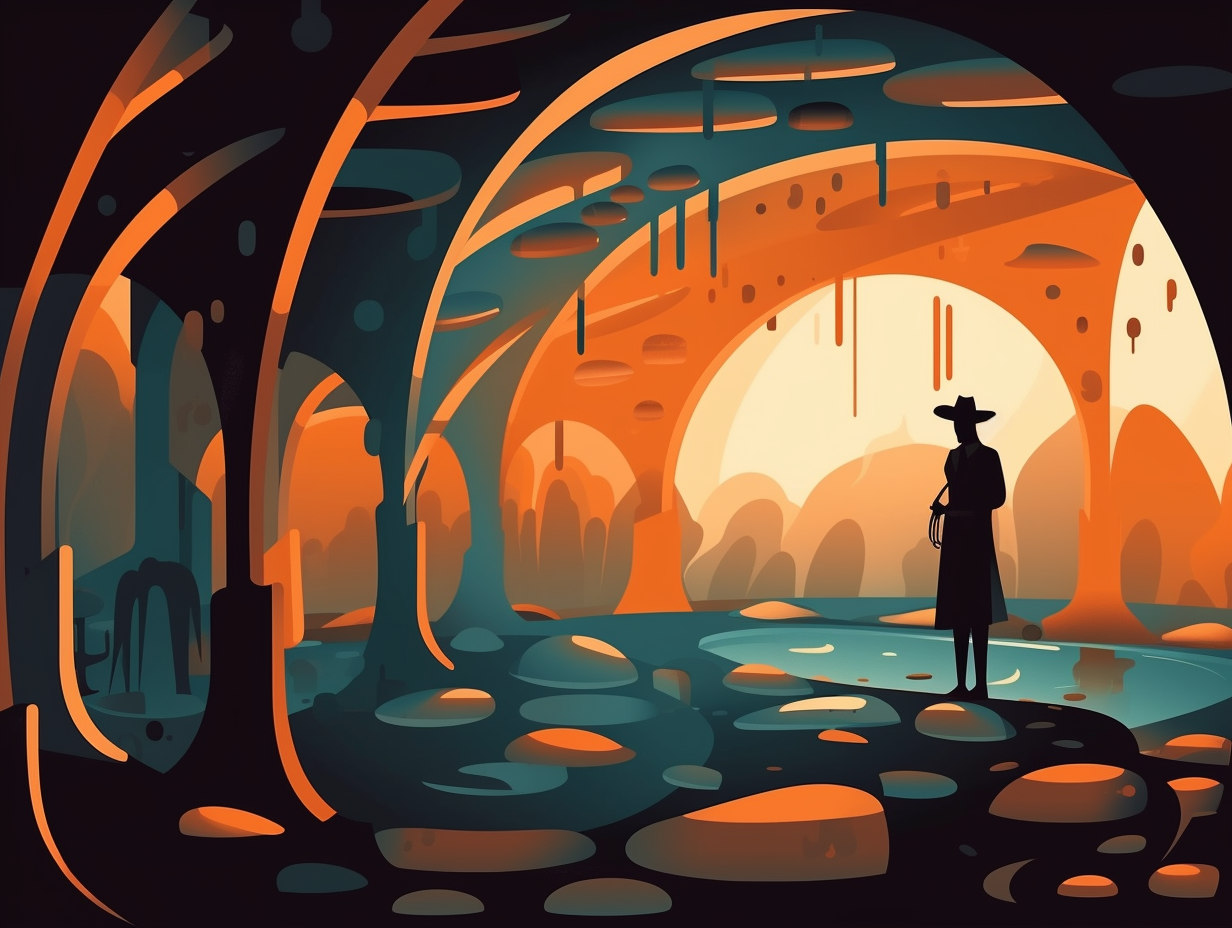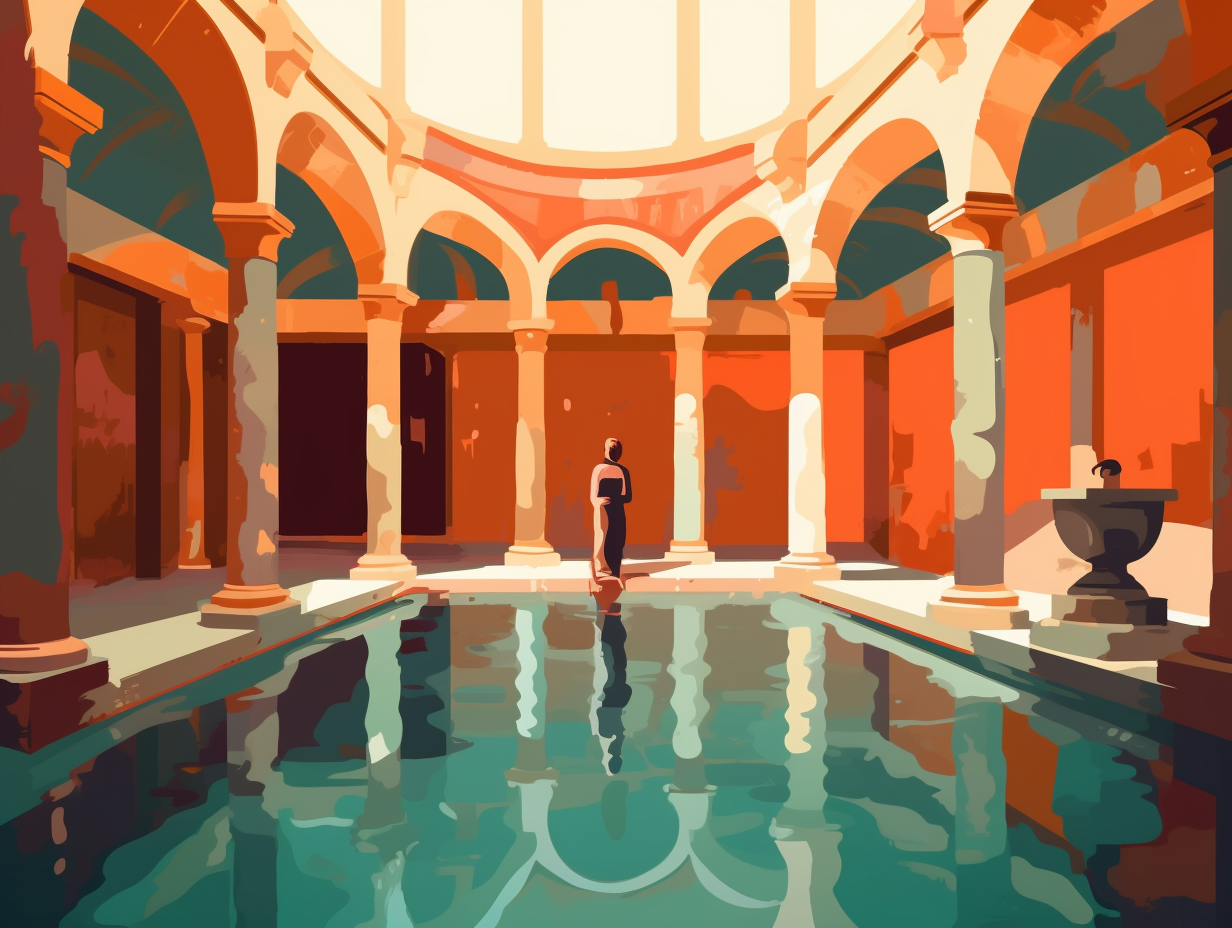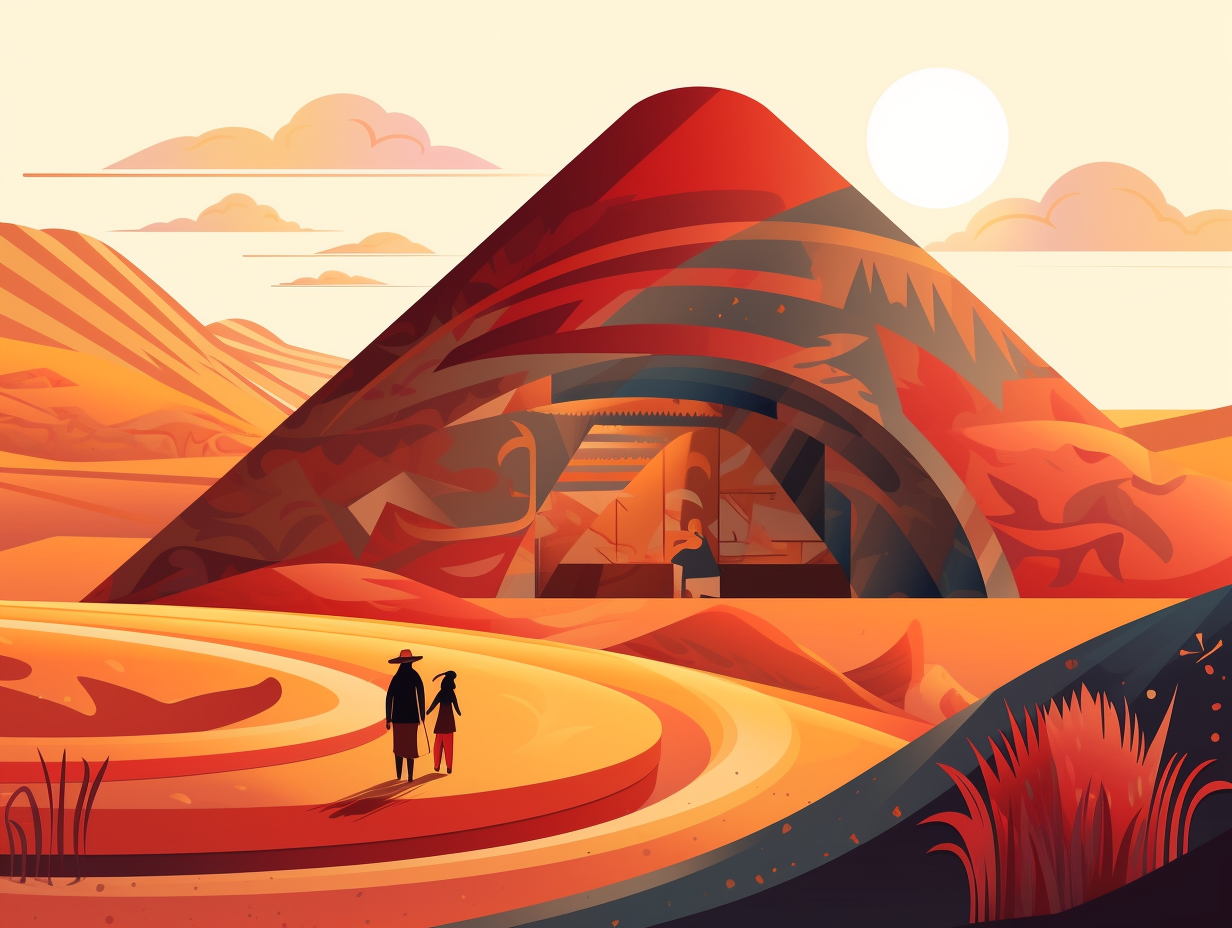Explore the Ancient Wonder: 14 Unbelievable Fun Facts About Petra You Need to Know!
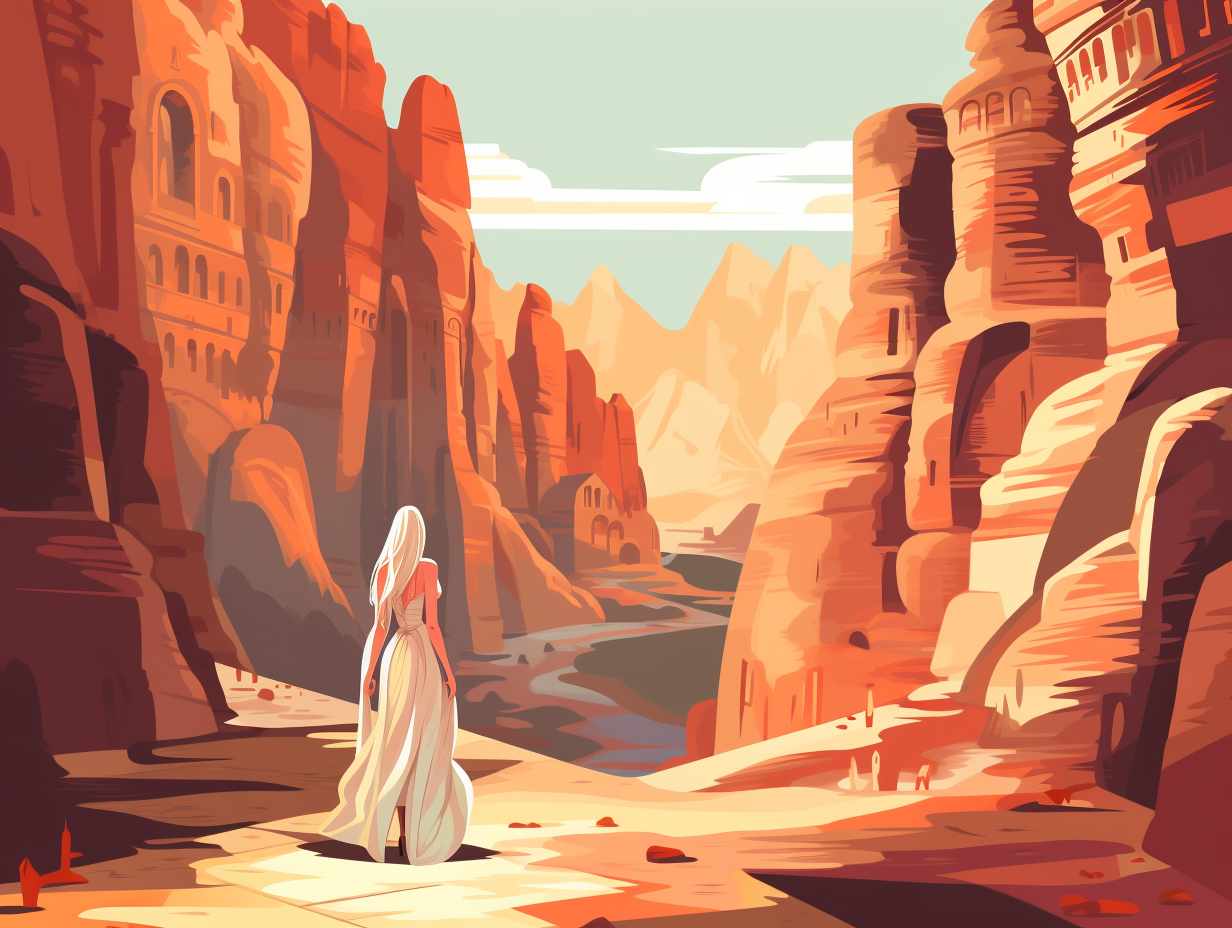
1. Petra's Evian Water Fountain
Who needs an Evian water fountain when you've got Nabataean plumbing skills? From controlling flash floods to building an artificial desert oasis, Petra's knack for H2O management was no Mirage: The ancient city developed advanced dams, cisterns, and water conduits that sustained agriculture, trade, and life in the unforgiving desert, making Petra a thriving trading hub and a testament to its society's resourcefulness.
Source => en.wikipedia.org
2. Al-Khazneh's Treasure Twist
Move over Fort Knox, because the original "Treasure House," Petra's Al-Khazneh, has a twist: it's actually a 1st-century AD mausoleum for Nabatean King Aretas IV, carved straight into a sandstone rock with mythological figures playing "where's Waldo?" on its eroded facade.
Source => en.wikipedia.org
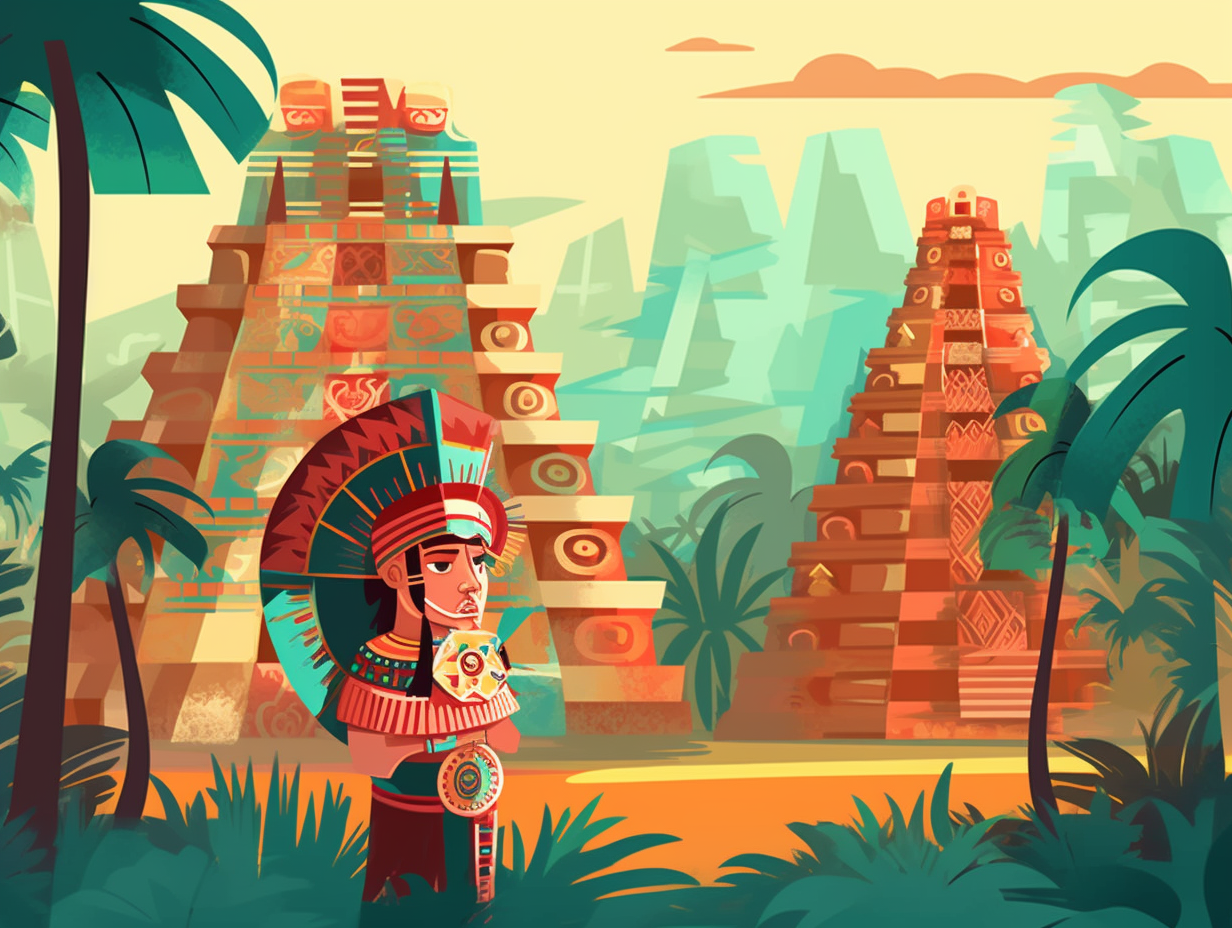
Did you know that the Kukulcan pyramid at Chichen Itza is actually a pyramid inside a pyramid inside a pyramid? Uncover the fascinating story behind this ancient architectural enigma!
=> Fun Facts about Chichen-Itza
3. Nabatean Aqua-engineers
When life gives you deserts, you make aqueducts, tunnels, and reservoirs: The ancient Nabateans of Petra were master engineers who expertly juggled water resources in a barren desert, creating a water supply and control system that sustained a population of up to 40,000 and set the stage for Petra to become a booming trade center until its annexation by the Roman Empire in AD 106.
Source => asce.org
4. The Treasury Temple Trick
Ever marvel at ancient architects playing hide-and-seek with their secrets, chuckling at our baffled faces? Well, let's debunk one of their best-hidden jokes: Petra's Treasury, contrary to its name, was not even a treasury or storage facility! Surprise: The actual purpose was serving as a temple for the Nabataean gods, with clues like intricate carvings and an altar hiding in plain sight.
Source => nationalgeographic.com
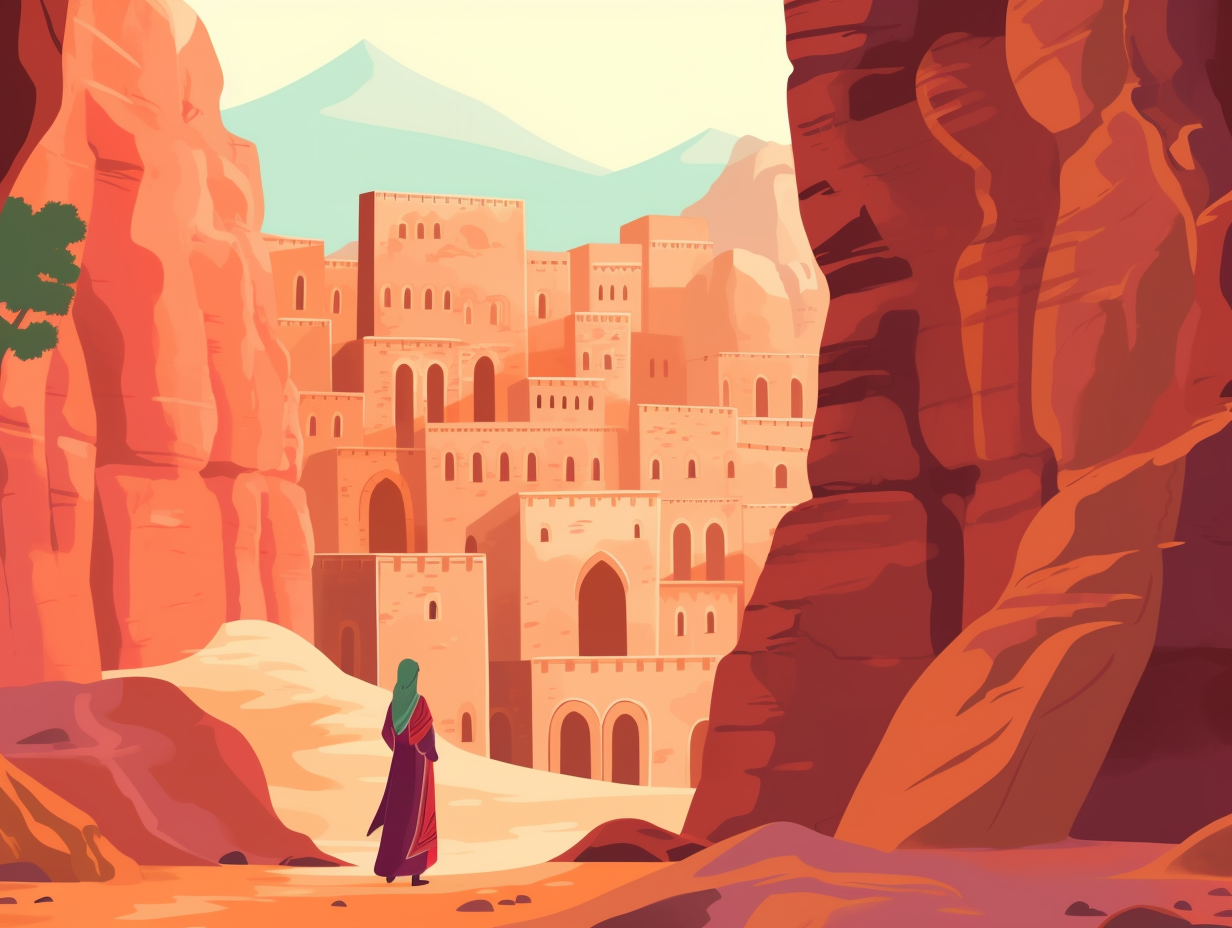
5. Lion King's Petra Edition
Lion King fans, rejoice! The sun bows down to the lions at Petra's ancient Monastery: During the winter solstice, the sunset illuminates a deity's podium and casts a magnificent lion's head silhouette onto the opposite rocks, showcasing the lion's importance in Nabatean culture and their architectural alignment with celestial events.
Source => space.com
6. Camel Caravan Champions
Ready to desert your assumptions about civilization's underdogs? Hold on to your humps, because the Nabataeans cam-eled through adversity: These trading pros not only mastered camel caravan navigation across Arabian deserts but also created a world-class capital city, Petra, eventually selling their empire to the Romans in 106 AD for some fancy citizenship and exclusive trade rights with East Asia.
Source => nabataea.net
7. Capital Switcheroo
You might have heard that the Nabataeans were early fans of "Trading Spaces," but in their case, it was more of a capital switcheroo: Petra was their first city, but as their kingdom grew to encompass the Horan and Levant regions, they decided to give Bosra the coveted title of capital.
Source => visitpetra.jo
8. Petra's Desert Wine Bar
Who says ancient folks didn't know their wines and dines? The people of Petra sure knew how to convert a rocky desert into a lush wine and grain bar: Their ingenious terrace farming and water management systems led to an abundance of grains and grapes that they traded with other regions – a valuable resource even the Roman Empire couldn't resist, ultimately annexing the Nabataean Kingdom and tapping into Petra's agricultural prowess.
Source => sciencedaily.com
9. Petra's Ancient Blockbuster
Step right up, ladies and gents, for the ancient world's biggest blockbuster: The Petra Picture Show! A cinematic spectacle large enough to rival even the most extravagant of modern day movie theaters: Constructed by the Nabataean kingdom under Aretas IV in the first century AD, Petra's rock-carved theater could seat a whopping 8,500 people and boasted Roman architectural patterns for crystal-clear acoustics, while still maintaining the unique Nabataean floral capital touches.
Source => en.wikipedia.org
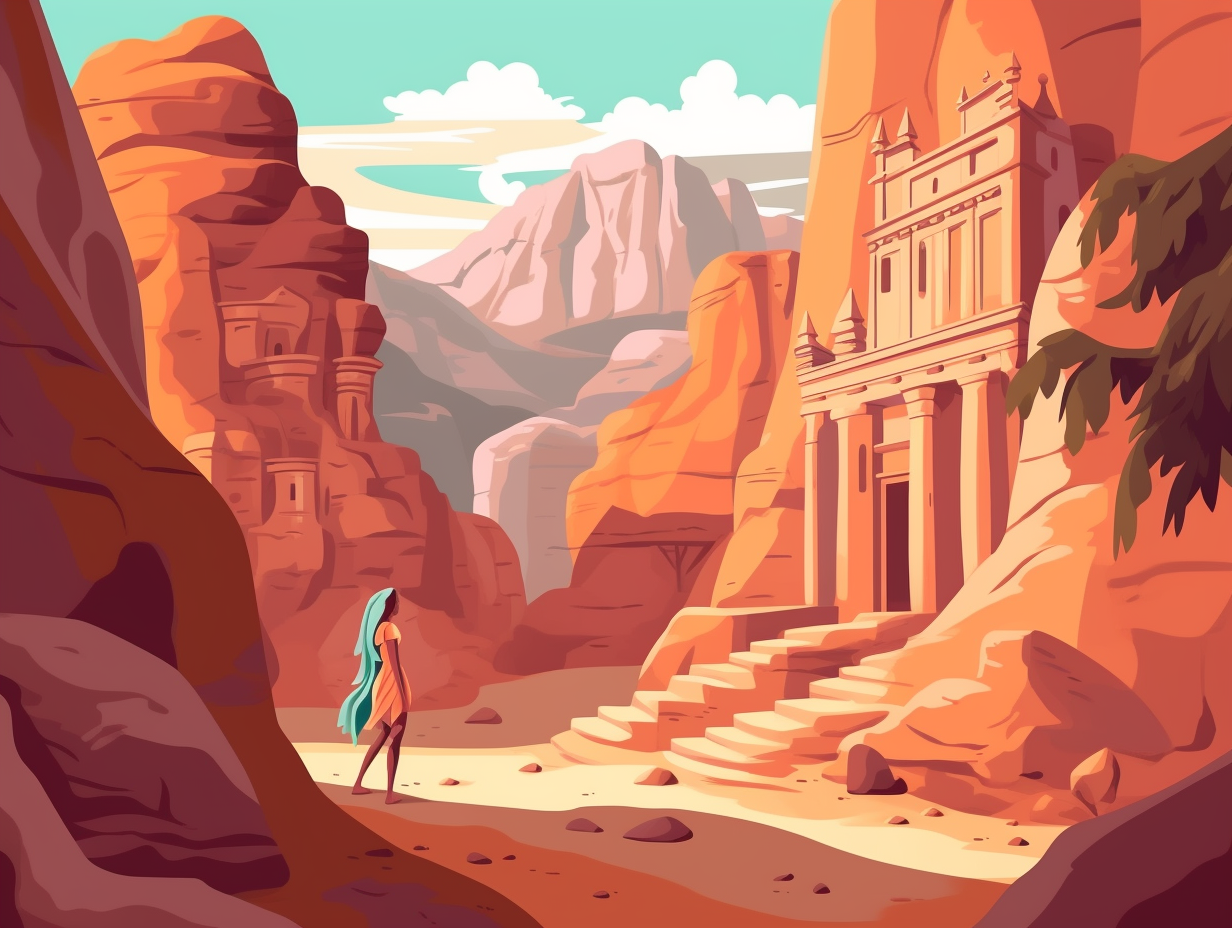
10. Burckhardt's Arabian Adventure
Forget making Swiss cheese: Johann Ludwig Burckhardt made Swiss Arabian history! This daring explorer traded his fondue forks for the guise of a Muslim Indian merchant named Ibrahim ibn Abdallah, chatted his way through Arabic lessons, and put on a show as the ultimate undercover agent: Successfully rediscovering Petra in 1812 without anyone realizing his true identity or intentions, Burckhardt's find now stands as one of the greatest archaeological discoveries ever.
Source => houseofswitzerland.org
11. Indiana Jones' Empty Chamber
If Indiana Jones had GPS, he might have known that trekking through snake pits and battling Nazis was only for show: Petra's iconic Treasury building, featured in The Last Crusade, is merely the ornate facade of a cavernous, empty chamber, likely used for ceremonial purposes rather than stashing precious artifacts.
Source => rektraveladventure.com
12. Petra's Jenga Masters
If building a sandcastle has ever made you feel like a master architect, just imagine the task at hand for the Nabataeans in Petra, where they played Jenga with colossal sandstone blocks: Back in their day, these ancient architects strategically mined these large stones from local quarries for construction projects. They employed the trench and wedge method while importing wood to support walls and roofs, all the while using lime plaster, straightedges, setsquares, templates, and compasses for a fine finishing touch to their splendid city.
Source => bmcr.brynmawr.edu
13. Dushara & Al-’Uzzá: Celestial Power Couple
Step aside Zeus and Aphrodite, there's a new divine power couple in town: Meet Dushara and Al-’Uzzá, the original celestial duo worshiped by the Nabataeans at Petra. These ancient rock stars kept the heavens grooving and the people spiritually devoted, showcasing the Nabataeans' stellar taste in divine matters.
Source => discovery.com
14. Nabataean Desert Hacks
The Nabataeans had the "desert hacks" much before tech gurus coined the term, turning a barren desert into a water park paradise: Petra's advanced hydraulic system, unique rock-cut channels, and underground cisterns allowed them to have thriving gardens, public pools, and a successful trade network despite their arid surroundings.
Source => amnh.org
Related Fun Facts


